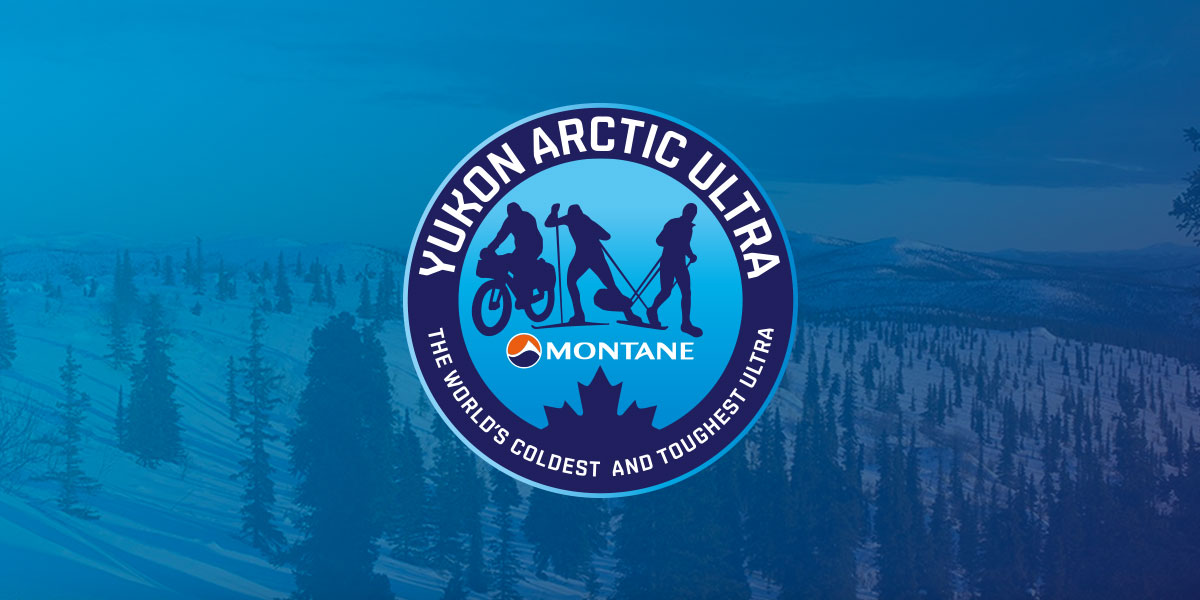
In 2015 we will work with SPOT satellite tracking devices again. As with any technology, there are pros and cons. But overall the positive aspects are more than the negative ones. The main reason we have SPOTs is for their 911 function. And thankfully, so far it has only been used once. The 911 button to us means there is an absolutely life threatening situation. This also means if there is no life threatening situation, IT CAN’T BE PUSHED! Please keep in mind that the cost for a 911 rescue operation can be enormous and it has to be paid by the athlete or his/her insurance. Obviously, if life is at risk it just has to be done. But if you are lost, tired, exhausted or have any other problem that a good rest and common sense can solve, do not push that botton. If a good rest is of no help, there is a button on the SPOT that is called exactly that: „Help“. It is a signal to the race organisation that you do have a problem and want to end your race then and there. But otherwise you are fine and will wait for us to come.
The third function that is great for us and all those following you at home, is the tracking function. If your SPOT has got good exposure to the sky it will send your position to us several times per hour. This will then be updated to a MYAU section on Trackleaders.com.
The cons are that of course sometimes people use the „Help“-button when they really could have solved the problem themselves. Or they decided to use that button rather than going back to a checkpoint. Mind you, if you can’t walk anymore, that’s fine. Push it. But being tired is no reason. Please just take a good rest and decide then. Because if we have to „rescue“ someone who is actually perfectly fine and at the same time something serious happens, it is bad to have resources bound.
Another con is that it’s technology and it does not always work. Usually this is due to not operating the SPOT correctly. But it also may be technical failure. It means we don’t get a signal and people back home start to worry. In most cases race headquarter knows what’s going on, e.g. because we got in-/out times of a checkpoint or just recently had contact with the athlete.
Anyway, over all I would say the safety that SPOT brings to the race make it worth its while.
For 2015 the rental fee (tracking service, shipment and set-up included) is EUR 50/unit. If you bring your own SPOT, the set-up fee is EUR 20/unit. All those of you who bring your own SPOT and did not tell me that already, please email me by December 10th. If I have not heard from you I will assume you need a rental unit and I will order one for you.
Regarding the 100 mile race, I will have to wait until after December 10th to decide if SPOTs will be mandatory here, too. Interestingly, in our Facebook group in a small survey I did, there was a majority of people in favor of making SPOTs mandatory for the 100 miles. But I won’t know until mid December if I can get enough additional rental units. In any case, if you do the 100 miles and know already that you want to rent a SPOT or if you want to bring your own, please let me know.
Rescue Missions
Above I already talked a bit about SPOT and rescue. Now I just want to make sure everyone understands that no matter if it’s a „Help“ or a „911“ message, rescues in the winter wilderness of the Yukon will likely not be as quick as you would think.
If a „Help“ message is sent or a checkpoint calls us and asks for transportation of an injured athleted from a remote checkpoint, it depends on various factors as to how fast we can be. If for example an athlete is in relative saftey at that checkpoint and the weather is extremely cold and it would be a risk to send a ski-doo guide, then it will take as long as there is no more risk. In places like Scroggie Creek (430 miles only) there may also be the need for air evacuation rather than ski-doo. Depending on the circumstances it can be safer and quicker for a plane to do the rescue there. PLEASE note that air rescue to 100% has to be paid by the athlete! Also, we try to avoid ski-doo rescue at night. So, if you push the help button in the middle of the night it is very likely that only in the morning you will see us arrive.
Even a 911 mission can take hours. And again, if the weather does not permit, there is no air rescue at all. That is also, why it is so important to have basic survival skills, enough food, warm clothes and the right sleeping system.
I will not talk about survival skills or what to do or not to do in serious or dangerous situations. There is a lot of interesting literature on the market and pretty likely you have read at least one of these books already. Or you may even have had survival training. In any case, it’s good to be prepared and think about certain scenarios and what you will do.

